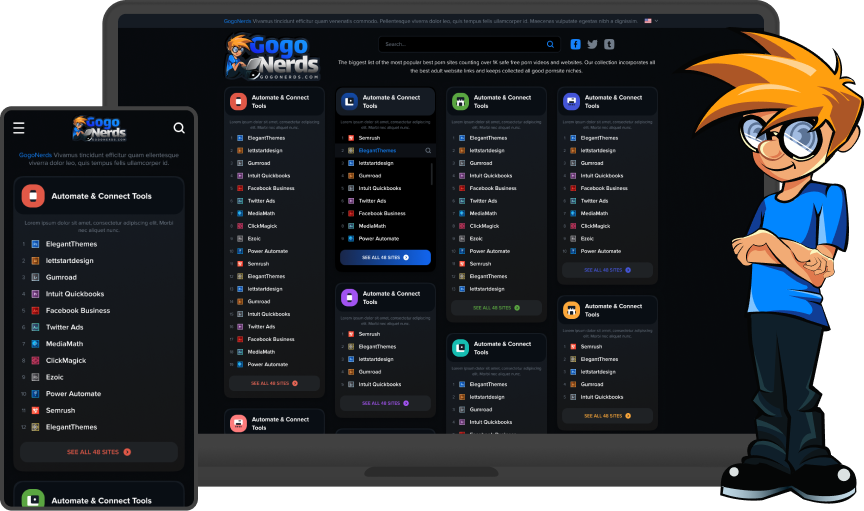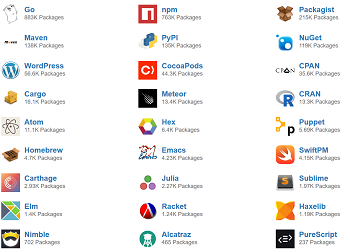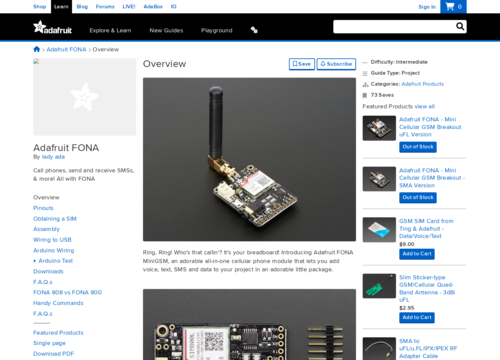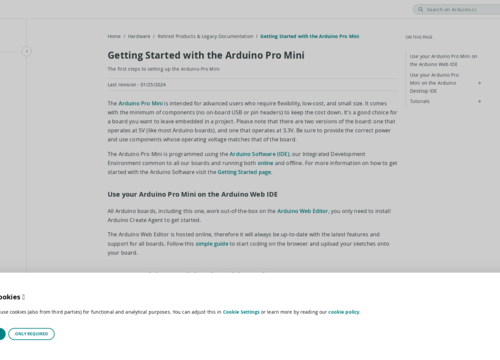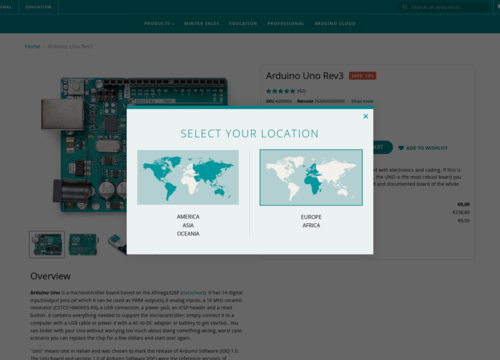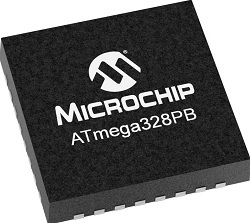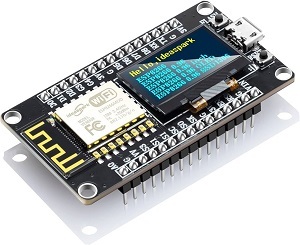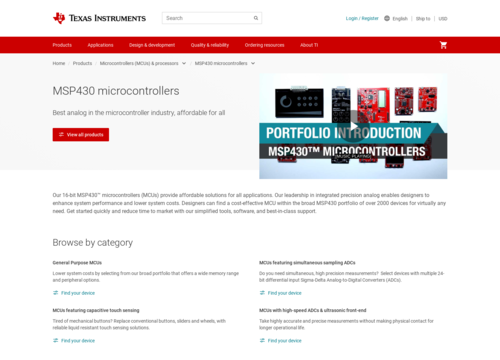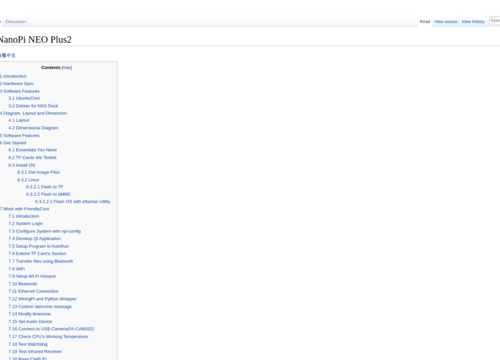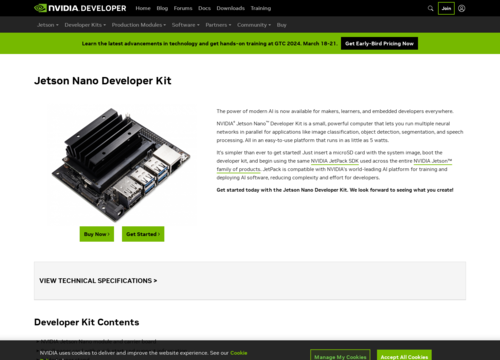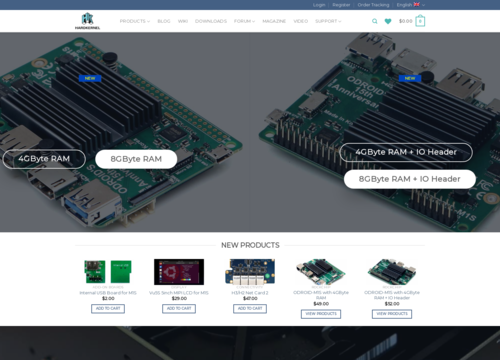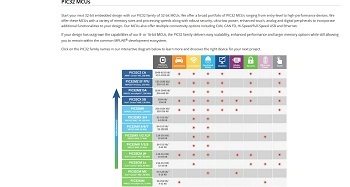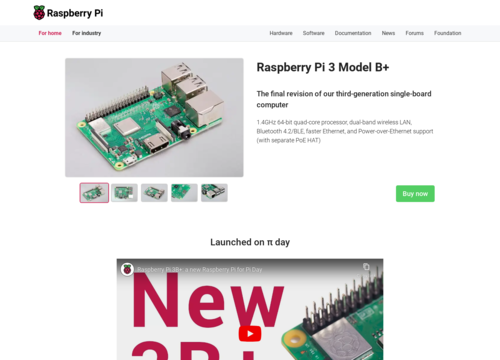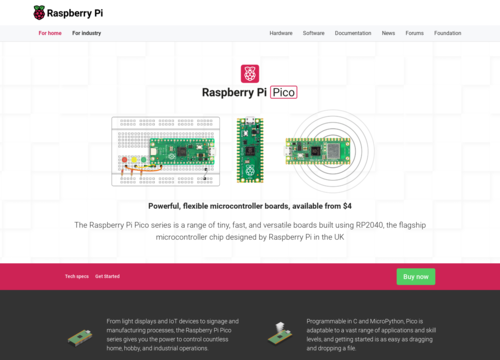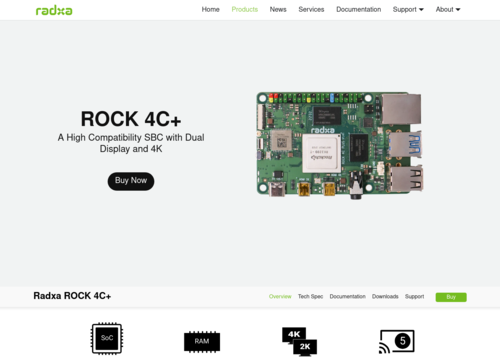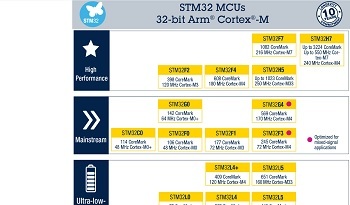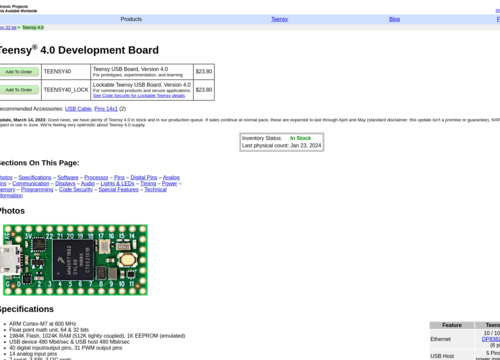Raspberry Pi 4
Raspberry Pi 4 is a significant upgrade over its predecessors in the Raspberry Pi series; it is a line of small, affordable, and highly customizable single-board computers.
Processor and Performance
The Raspberry Pi 4 is equipped with a Broadcom BCM2711 and Quad-core Cortex-A72 (ARM v8) 64-bit SoC clocked at 1.5 GHz. This represents a substantial improvement in performance compared to earlier models, making it suitable for more intensive computing tasks.
Memory Options
Unlike its predecessors, the Raspberry Pi 4 has multiple RAM options: 2GB, 4GB, and 8GB LPDDR4-3200 SDRAM. This variety allows users to choose a model based on their specific needs, whether it is a light computing task or a more memory-intensive application.
Connectivity
In terms of connectivity, the Raspberry Pi 4 offers dual-band 2.4/5.0 GHz wireless LAN, Bluetooth 5.0, BLE, Gigabit Ethernet, and two USB 3.0 ports along with two USB 2.0 ports. This range of connectivity options significantly expands its potential for various applications, from home media centers to IoT devices.
Video and Sound Output
This tool supports two micro-HDMI ports capable of supporting up to 4K resolution at 60 frames/second, providing high-quality video output. The audio has a 3.5 mm analog stereo audio jack, which doubles as a composite video port.
Storage
The Raspberry Pi 4 uses a microSD card for storage of the operating system and data. This is consistent with previous models, in which the device was kept compact and the storage was expandable and replaceable.
Power Supply
The device requires a 5 V 3A USB-C power supply, different from the micro-USB power supply used in earlier models. This change reflects the increased power needs of more capable hardware.
Operating Systems
This platform supports a range of operating systems, most notably various versions of Linux, including a specially designed Raspberry Pi version of Debian called the Raspberry Pi OS. This makes it a versatile tool for learning to program, building DIY projects, or even setting up a lightweight desktop PC.
General purpose input/output (GPIO)
This includes a standard 40-pin GPIO header that is fully backward compatible with previous boards. This feature is particularly appealing for hobbyists and educators because of its potential in electronic projects and educational purposes.
Form Factor and Build
The Raspberry Pi 4 retains the compact form factor of its predecessors, making it easily embeddable in a variety of projects. Despite its small size, it is quite durable and well built.
Use Cases
Due to its enhanced performance and connectivity features, the proposed method is widely used in education, DIY projects, industrial applications, and as a budget-friendly desktop for basic computing.
Heat Management
As the performance of the Raspberry Pi 4 increased, heat generation increased. This model can run hotter than its predecessors, especially under heavy loads. To address this, users often employ heat sinks or even active cooling solutions such as fans, particularly when overclocking or using the Pi for intensive tasks.
Graphics and Multimedia
The Raspberry Pi 4 includes a VideoCore VI graphics processing unit (GPU), which supports OpenGL ES 3.x. This GPU provides reasonable performance for lightweight gaming, multimedia applications, and even basic 3D rendering. It also supports H.265 (4Kp60 decode) and H.264 (1080p60 decode, 1080p30 encode) and supports OpenGL ES, 3.0 graphics for more graphically intensive applications.
Expansion and HATs
Like its predecessors, the Raspberry Pi 4 supports a wide range of HATs (hardware attached on top). These are add-on boards for specific functions, such as motor control, environmental sensing, etc.,etc., which stack on top of the Pi, connecting through GPIO pins. This makes the Pi extremely versatile for a wide range of projects.
Power Over Ethernet (PoE)
There is a Power Over Ethernet (PoE) HAT available for the Raspberry Pi 4. This allows the device to be powered via an Ethernet cable, reducing the need for a separate power supply. This approach is particularly useful for deployments where the Pi needs to be located where power outlets are not easily accessible.
Software Ecosystem and Community
One of the biggest strengths of the Raspberry Pi 4 is its robust community and software ecosystem. There is a vast array of community-generated content, tutorials, and projects available online. This approach is invaluable for learners, hobbies, and even professionals who are looking to explore new projects or solve specific problems.
Programming
The Raspberry Pi 4, like its predecessors, supports a wide range of programming languages, making it a versatile platform for software development, education, and hobbyist projects. Here are some of the most commonly used programming languages on the Raspberry Pi 4:
Python
Renowned for its simplicity and readability, Python is a favorite among beginners and is heavily used in education, web development, and scripting on the Raspberry Pi.
C#
Thanks to the .NET Core and Mono frameworks, you can run C# on the Raspberry Pi. It's a great choice for those familiar with the .NET ecosystem and can be used for building various types of applications.
Scratch
A visual programming language aimed at children and beginners, Scratch is ideal for teaching basic concepts and making learning fun and interactive.
JavaScript
With the help of Node.js, JavaScript is used for web applications and IoT projects, especially when a web interface is involved.
C and C++
For performance-critical applications, these languages offer greater control over hardware, making them suitable for embedded systems and complex computing tasks.
Java
Java's platform independence makes it a good choice for cross-platform applications, and it's often used in education and enterprise solutions.
PHP
Commonly used for web development, PHP can be used on the Raspberry Pi for creating web servers and handling web-based interactions.
Ruby
Known for its elegant syntax, Ruby is simple yet powerful for building web applications and is appreciated for its ease of use.
Bash Scripting
Essential for Linux-based systems like the Raspberry Pi, Bash is used for automating tasks, file management, and system administration.
Go (Golang)
Developed by Google, Go is efficient and used in network programming and server-side applications, suitable for more complex Raspberry Pi projects.
Rust
Gaining popularity for its focus on safety and performance, Rust is ideal for reliable and efficient systems programming.
SQL
For projects that involve data storage and retrieval, SQL is used alongside other programming languages for database management.
Assembly Language
Used for low-level programming where performance is critical, though it’s complex and specific to hardware architecture.
The Raspberry Pi's versatility means that you can choose the programming language that best fits the project's requirements or your personal learning goals. The large community around the Raspberry Pi also ensures good support and resources for most of these languages.
Educational Use
The Raspberry Pi 4, like its predecessors, continues to be a popular tool in education, not only for teaching basic computer science and programming but also for mathematics, engineering, and even digital arts. Its affordability and versatility make it an ideal tool for schools and educational institutions.
Industrial and Commercial Use
Beyond education and hobbyist use, the Raspberry Pi 4 has found applications in commercial and industrial environments. Its low cost, small size, and decent performance make it suitable for applications such as digital signage, thin clients, process control, and even as embedded components in larger systems.
Challenges and Limitations
Despite its many strengths, the use of the Raspberry Pi 4 is not without its limitations. Its ARM architecture, while efficient, is not compatible with all software, especially those designed exclusively for the x86 or x86_64 architectures. Additionally, while it is a capable small computer, it is not a replacement for a full-fledged desktop or server for more demanding tasks.
In summary, the Raspberry Pi 4 is a powerful, versatile, and affordable computer that fits in the palm of your hand. It is suitable for a wide range of applications, from education to hobbyist projects and even some industrial uses. Its community and ecosystem offer extensive support and resources, making it an ideal platform for experimentation and learning.

